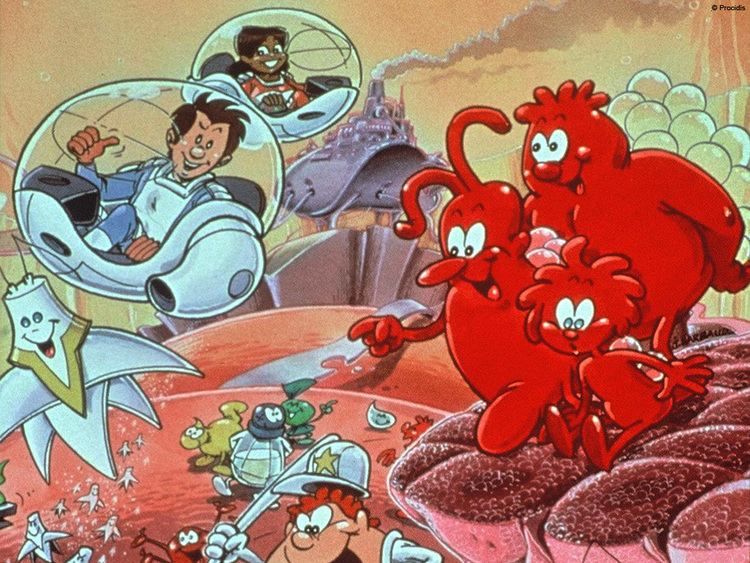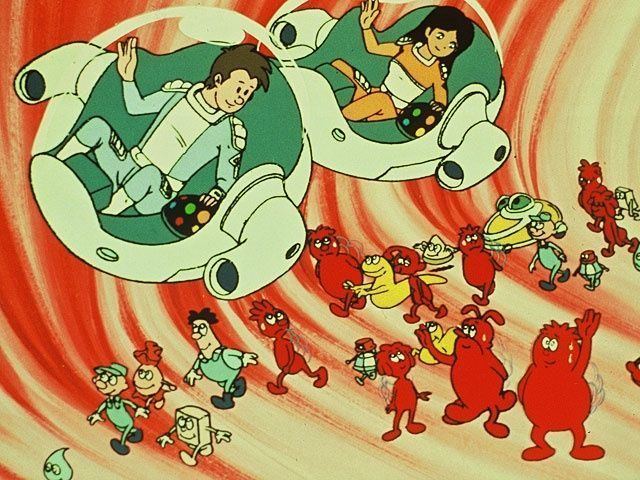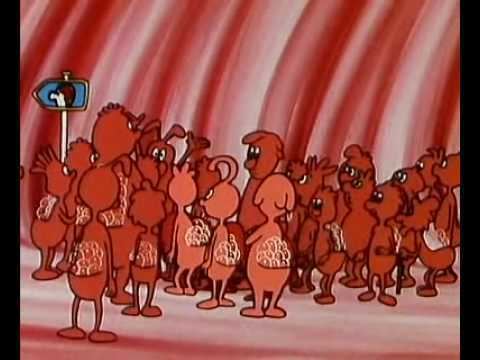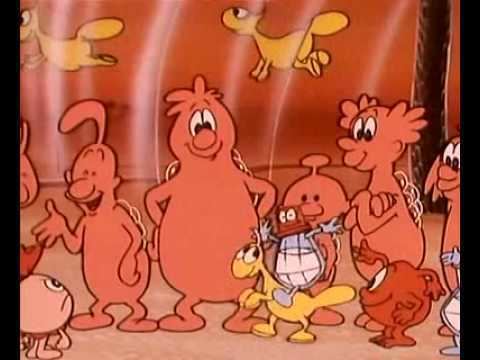8.4 /10 1 Votes
Created by Albert Barillé First episode date 1987 Program creator Albert Barillé | 8.3/10 IMDb No. of episodes 26 Language French | |||||||||||||||||||||||||||||||||
 | ||||||||||||||||||||||||||||||||||
Voices of Roger CarelMarie-Laure BenestonGilles LaurentGilles TamizAlain Dorval Similar Once Upon a Time Space, Once Upon a Time Man, Once Upon a Time The Amer, Once Upon a Time The Disc, Ozzy & Drix Profiles | ||||||||||||||||||||||||||||||||||
Il était une fois... la vie (English: Once Upon a Time... Life), also known as Micro Patrol (生命の科学ミクロパトロール, Seimei no Kagaku: Mikuropatorōru), is a French-Japanese-Swiss-Italian animated television series which tells the story of the human body for children. The program was originally produced in France in 1987 by Procidis and directed by Albert Barillé. The series consists of 26 episodes and originally was aired on the French channel Canal+, and then on the state owned channel FR3. It is the third part of the Once Upon a Time... series.
Contents

Once Upon a Time... Life reintroduced the edutainment formula that had been left out on Once Upon a Time... Space. The series combined entertaining storylines with factual information, presented metaphorically.

The series Once Upon a Time... Life used the same recurring lead characters as the other Once Upon a Time... series: the good characters represent the cells that make up the body's systems and defense mechanisms, such as red blood cells, white blood cells and platelets, while the bad characters represent the viruses and bacteria that threaten to attack the human body. Every episode of the series featured a different organ or system within the human body (like the brain, the heart, the circulatory system, etc.).

In the French-language version of the series, the opening theme song "la Vie" (French for "Life") was performed by Sandra Kim, the winner of the 1986 Eurovision contest.

The series was aired in the Arab states of the Persian Gulf, Belgium, Canada, Czechoslovakia, Finland, France, Gabon, Germany, Greece, Hungary, Iceland, Ireland, Israel, Italy, Japan, Mexico, the Netherlands, Norway, Poland, Portugal, Senegal, Singapore, Slovakia, South Africa, Spain, Sweden, Switzerland, Syria, Taiwan, Thailand, Turkey, the United Kingdom, Yugoslavia and Croatia.

Characters

The series makes use of recurring human characters originally from Once Upon a Time... Man. Every character in the series appeared as a real person (the old intelligent doctor, the dedicated blonde mother, the boy and the girl, their obese friend, and the pair of bullies) and anthropomorphic representations of cells and cellular functions within the human body.
The series describes a "society inside the body" with a strong pyramidal stratification of work.
Broadcasts
* Production company
** Contributing co-producer
Regional home-video releases
In some English-language versions, the title is misspelt "Once Apon a Time – Life" in the opening credits.
A partwork version was produced for the United Kingdom in 50 hardback volumes, each with about 30 A4-sized pages, described as "an Orbis play & learn collection". In it, some of the characters have different names: The Professor for the Maestro; Captain Courageous and Ace for the lymphocyte B crafts' pilots; Plasmus and Globina for Hemo and Globin, Corpo for Jumbo; Toxicus, Germus and Infectius for the bacterium characters; Virulus for the virus character. VHS copies of the English-language television episodes were included with issues.
A DVD box set of all the episodes of the series was produced by Procidis, and distributed locally by various distributors. The DVD series was produced in French, English, Finnish, German, Italian, Norwegian, Hungarian and Swedish, but was not released in the United Kingdom. In 2011, the DVD box set was available in English in Canada, distributed by Imavision.
Biological accuracy
Most biological terminology is translated with care, but a few mistakes were made and there are some anachronisms – the heart chamber now known as the atrium is called the "auricle" in episode 7, a term correct at the time of production, but which is now used for another structure in the heart. Also, "pulmonary aorta" is used for "pulmonary artery", which is a mistake because unlike fish humans do not have two aortae.
